Tape lures maximise the slaughter of songbirds in Cyprus
Guest blog by Matteo Sebastianelli
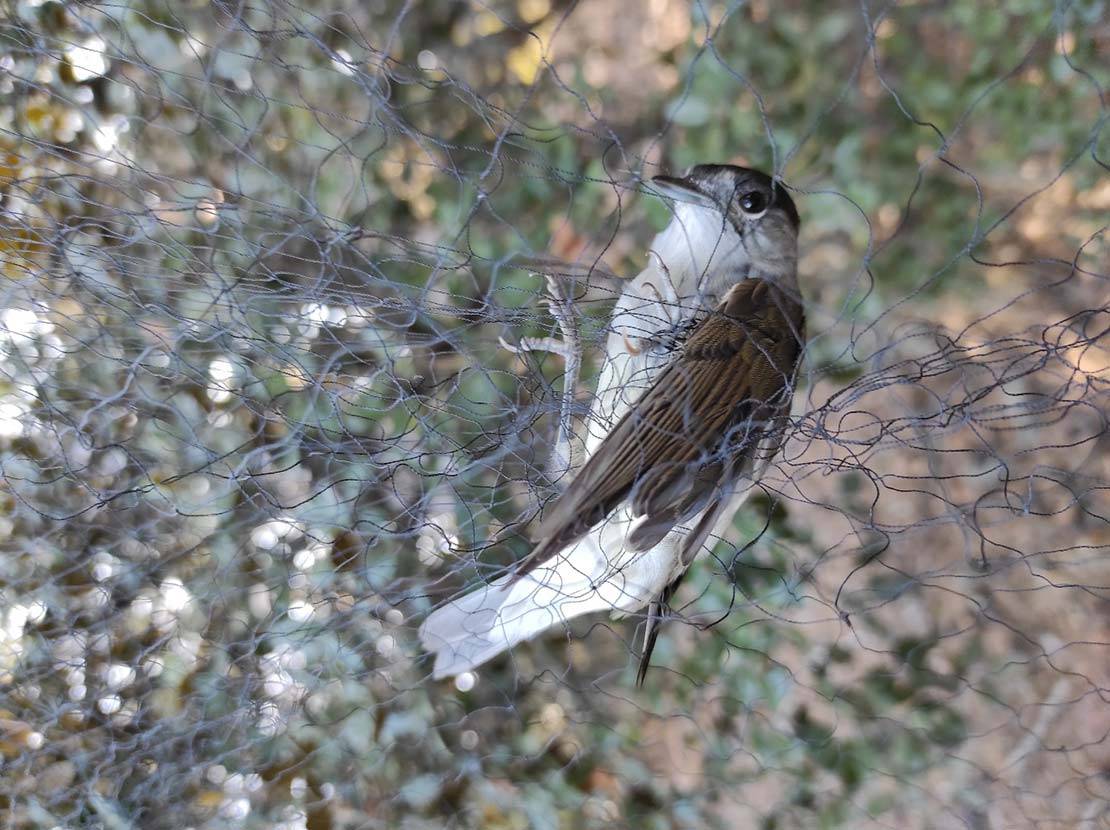
Crossing the Mediterranean Sea represents a crucial step for migrant birds every year as they travel between Africa and Eurasia. Mediterranean islands are the first landmasses sighted after hours of uninterrupted flight and, because of that, host impressive numbers of birds during the migratory peak, as they provide birds with shelter and sustenance. Humans have historically taken advantage of this sudden abundance of birds through hunting.
On the island of Cyprus songbird trapping, initially practiced to supplement what once was a low protein diet, is now considered a local tradition handed down through generations. Eurasian Blackcaps Sylvia atricapilla are the most sought-after species by trappers. Locally known as ‘ambelopoulia’, blackcaps are slaughtered every year for the sake of this tradition and sold to restaurants as a local delicacy. However, what may once have been considered a local tradition now represent a lucrative business, and blackcaps are illegally trapped in mass to sustain the market requests. As trappers’ income is proportional to the number of birds captured, hunters jointly use illegal traps such as mist nets and lime sticks with tape lures: devices that broadcast target species’ calls at high volume. In this way, millions of migrating birds, exhausted from the journey, are miserably lured into the traps where they meet their demise.
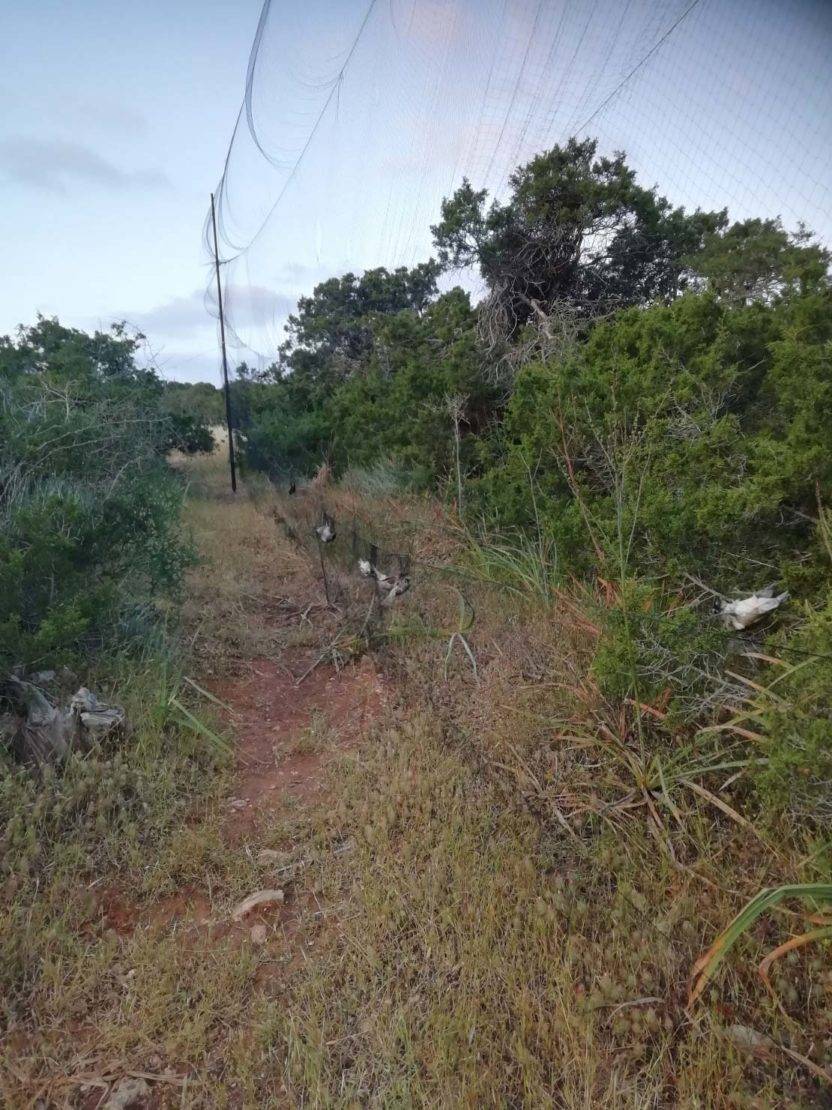
Our team from the University of Cyprus investigated the effects that the use of tape lures has on birds in terms of number of individuals and breadth of species trapped. In our study, recently published on Biology Letters, we show with the use of playback experiments that the number of target species caught in mist nets rockets when playbacks are in use (13 times more blackcaps with playbacks in autumn, where migration is rampant). However, contrary to popular believing, they also significantly increase the bycatch and the number of species trapped, many of which are listed as conservation priority species in the EU Bird Directive or in BirdLife International’s European birds of conservation concern, which number 12 in our experiments.
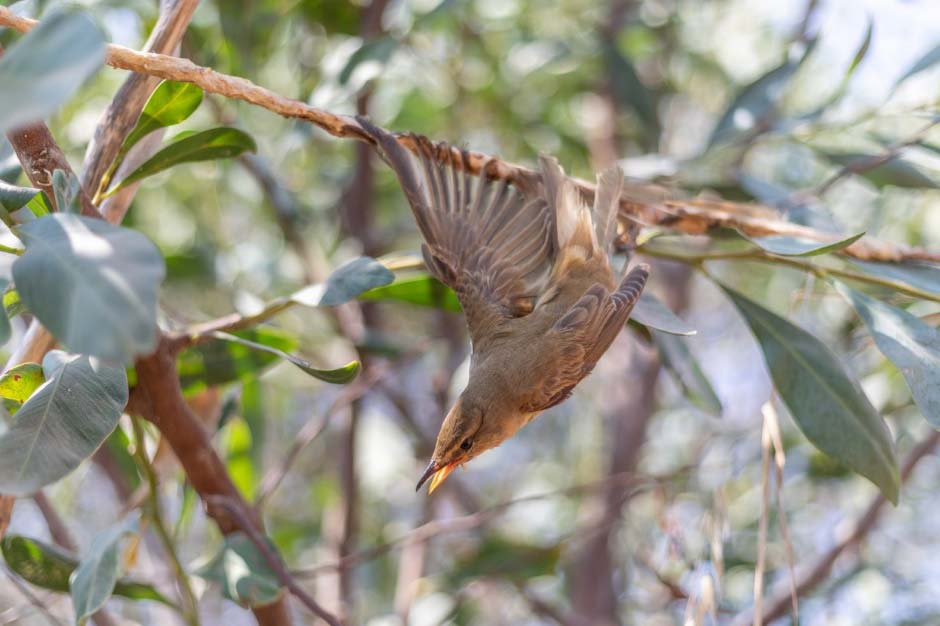
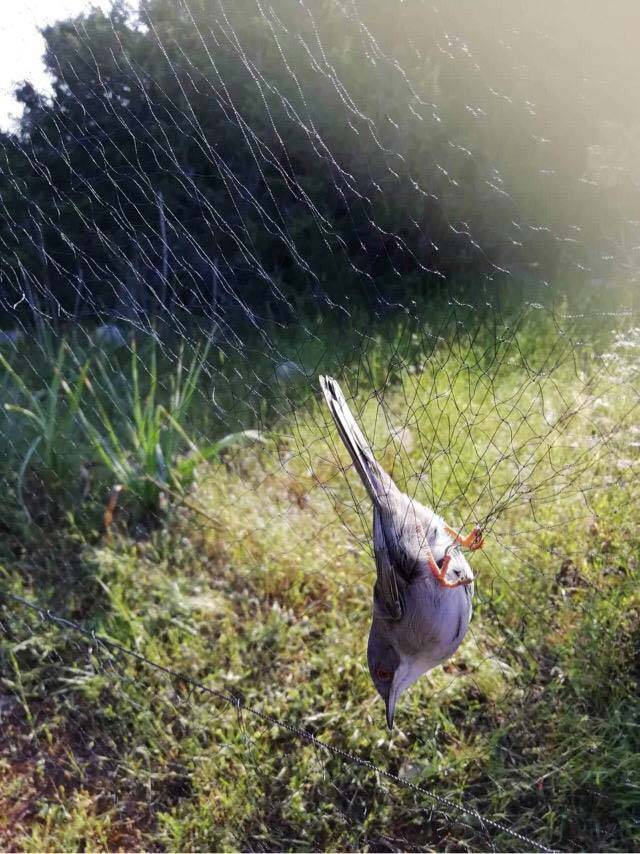
Our study has serious implications for bird conservation and will be an important point of reference for conservation practitioners in their fight to protect migrating birds from meeting their demise as a result of illicit trapping activities. It will specifically allow conservation practitioners to better estimate the scale of the slaughter each year in Cyprus, elsewhere in the Mediterranean, and beyond. With capture rates being an order of magnitude higher when using tape lures, this is no longer a conflict between communities supporting traditions and conservationists. This is an industrial scale operation using non-traditional broadcasting apparatus that local communities need to be informed about and policy makers need to act on accordingly.
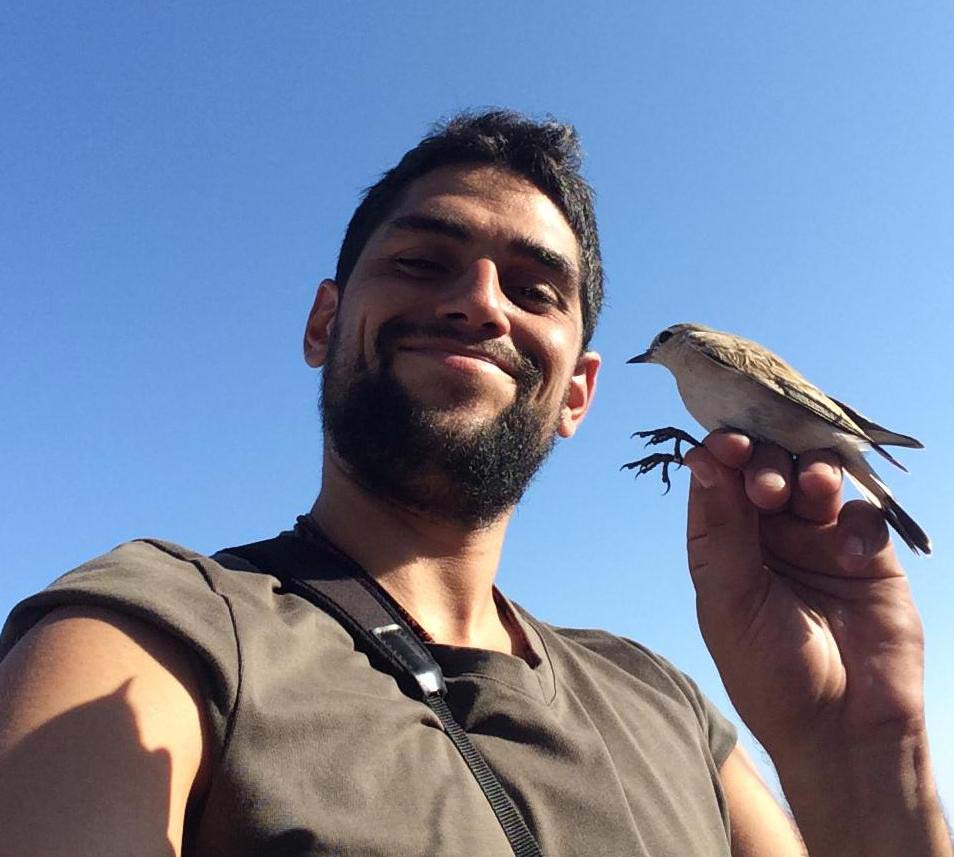
Matteo Sebastianelli is a PhD student at University of Cyprus working at the Behavioural Ecology and Evolution Laboratory lead by Alexander Kirschel. Although Matteo’s research interests have centred mainly on evolutionary ecology and bioacoustics, he has also been involved in several bird conservation projects in Cyprus and Italy.
